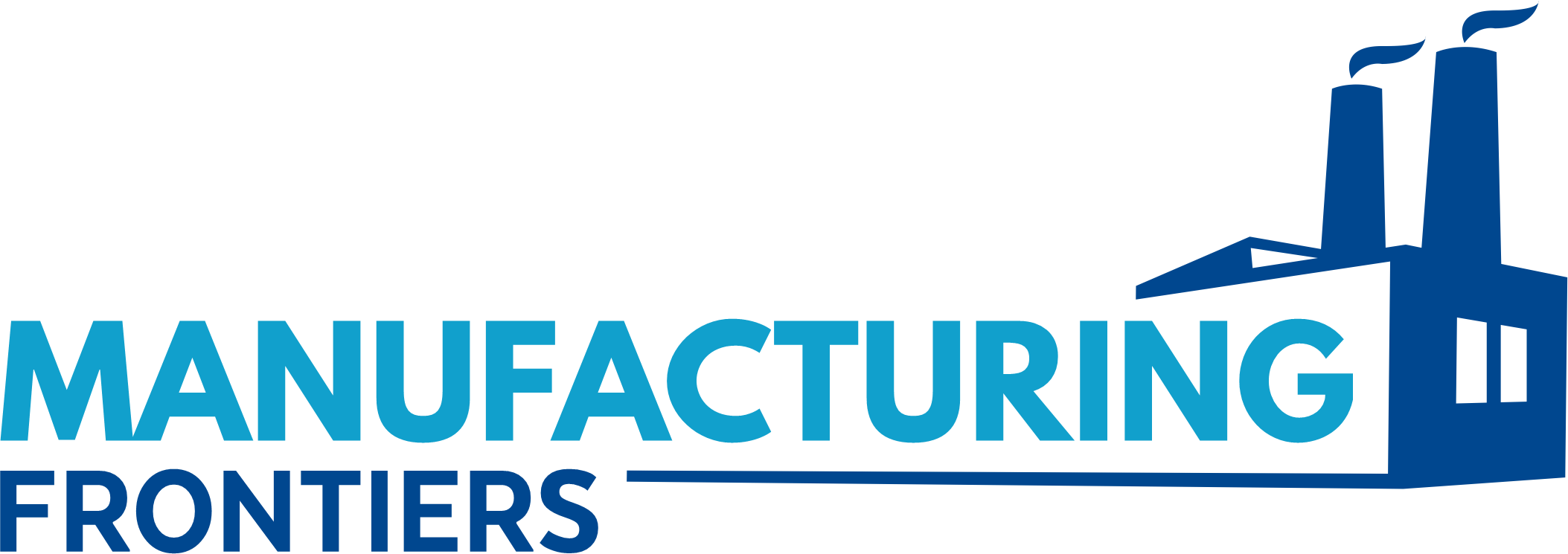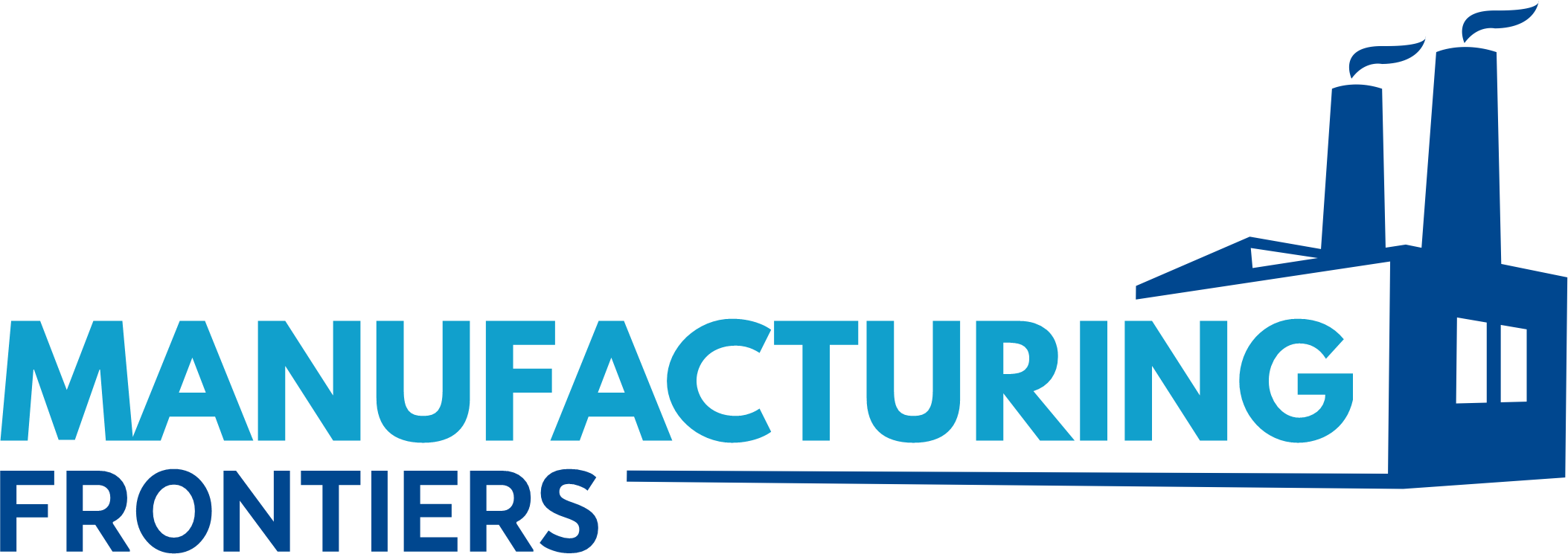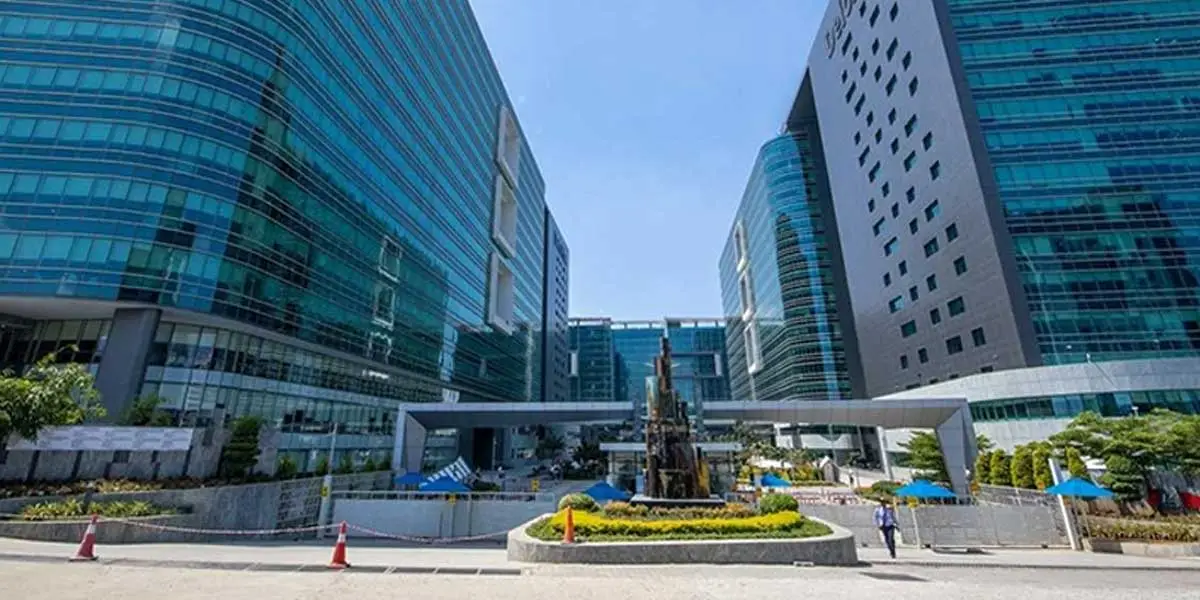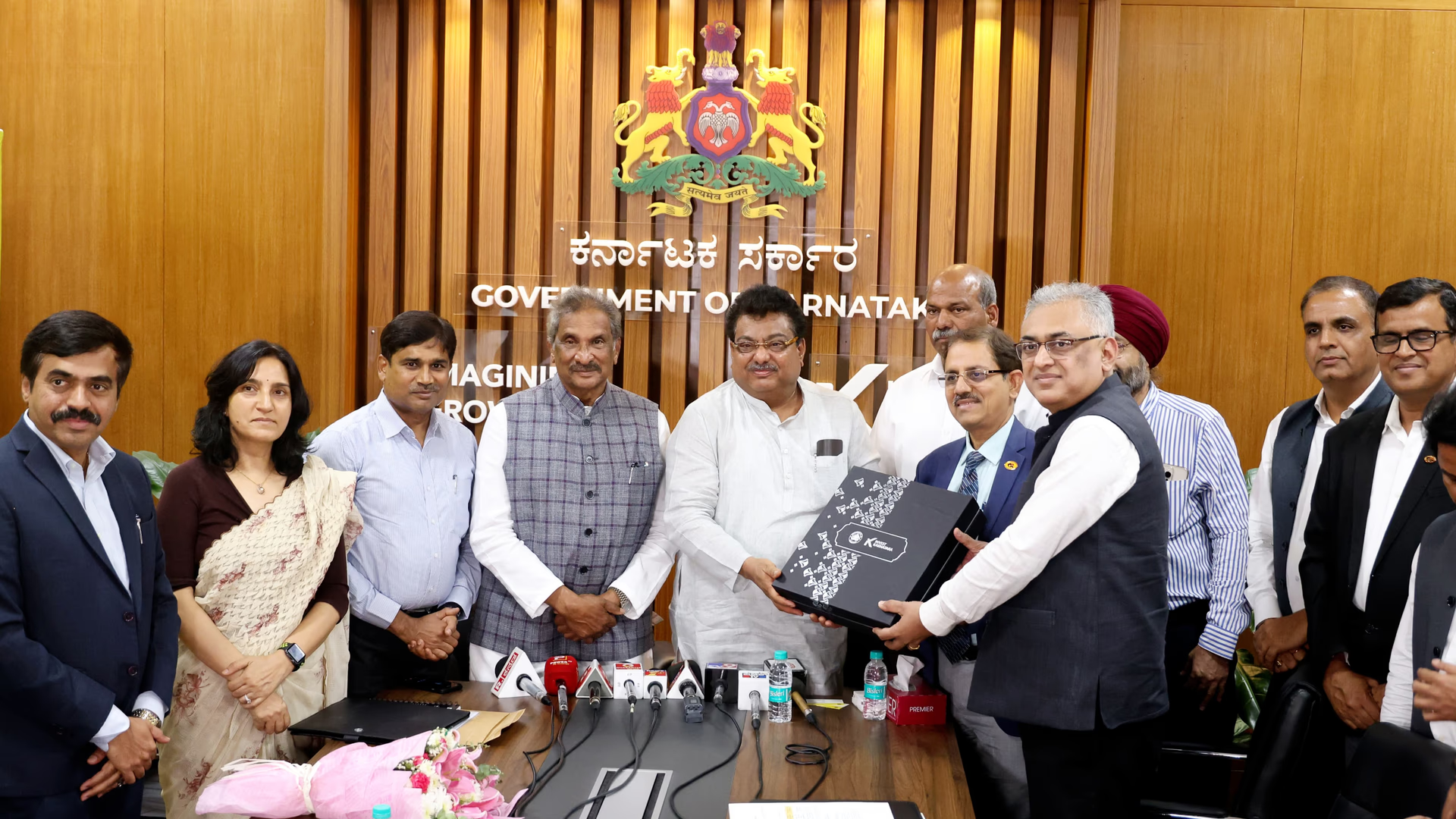aspects of the production process, from speed and flexibility to sustainability and data-driven decision-making.
1. Creating a Blueprint for Digital Transformation to Improve Processes, Speed, and Efficiency
The first step toward building a smart manufacturing facility is creating a comprehensive digital transformation blueprint. This blueprint outlines the vision for the future, including the technologies to be adopted, the processes to be streamlined, and the efficiencies to be gained. It should be driven by the desire to achieve continuous improvement, optimize production cycles, and reduce downtime.
Key factors to consider include:
- Automation of repetitive tasks: Integrating robotics and AI to handle monotonous tasks.
- Data-driven decision-making: Using real-time data analytics to monitor performance and make adjustments as needed.
- Improved collaboration: Facilitating communication and workflow integration between teams using digital platforms.
By aligning the digital strategy with business objectives, companies can create a strong foundation for growth, scalability, and agility.
2. Developing a Digital Roadmap for Building Smart Manufacturing Facilities
A digital roadmap outlines how an organization plans to implement its digital transformation strategy over time. It serves as a tactical plan to guide technological integration, resource allocation, and project management. The roadmap should cover short-term, medium-term, and long-term goals, helping businesses achieve incremental success while keeping their ultimate objectives in focus.
A well-structured roadmap typically includes:
- Assessment of current infrastructure: Evaluating existing systems, machines, and tools to identify areas where digital upgrades are needed.
- Technological integration plan: Defining the scope and timeline for the adoption of technologies like IoT, AI, machine learning, robotics, and augmented reality (AR).
- Resource planning: Identifying the skill sets required within the workforce to implement and manage digital tools.
The roadmap should also address potential risks and challenges, such as employee resistance to new technologies or supply chain interruptions.
3. Assessing the Current Technological Stance of the Business
Before embarking on the digital transformation journey, it’s crucial to evaluate the current technological landscape of the business. This assessment identifies existing systems, technologies, and gaps in capabilities. It also allows manufacturers to understand the baseline from which they will move forward and helps to avoid unnecessary duplication of efforts.
Some important questions to ask include:
- Are existing systems capable of integrating with new technologies?
- Do employees have the skills needed to operate advanced manufacturing tools?
- What are the bottlenecks or inefficiencies in the current manufacturing setup?
By assessing these factors, manufacturers can make informed decisions about where to invest in new technologies and which areas need immediate attention to ensure the success of the transformation.
4. Identifying Opportunities for Innovation that Align with Business Goals and Needs
Innovation is at the heart of any digital transformation effort, and identifying the right opportunities is crucial to the success of the manufacturing process. Business goals must drive the innovation strategy, ensuring that technological advancements align with both current needs and future aspirations.
Some potential areas for innovation include:
- Predictive maintenance: Implementing AI and IoT sensors to predict equipment failures before they happen.
- Additive manufacturing (3D printing): Exploring opportunities for producing custom parts more cost-effectively.
- Flexible production lines: Leveraging automation to switch between different product types or production methods without downtime.
- Supply chain optimization: Using real-time data analytics to optimize procurement, inventory management, and distribution.
By identifying and implementing these innovations, businesses can optimize their processes, reduce waste, and increase overall productivity.
5. Navigating Key Technologies for Transformation
Technological advancements are the backbone of smart manufacturing facilities. However, it’s essential to understand the role of each technology and how it contributes to the transformation process. The integration of new technologies should be based on their potential to streamline operations, reduce costs, and enhance productivity.
Key technologies to consider for smart manufacturing facilities include:
- Industrial IoT (IIoT): A network of connected devices that collect and share real-time data, providing insights for better decision-making.
- AI and Machine Learning: Algorithms that improve operational efficiency by predicting outcomes and optimizing processes.
- Robotic Process Automation (RPA): Automating repetitive tasks to increase speed and accuracy while reducing human error.
- Cloud computing: Storing and analyzing large amounts of data in real-time to facilitate seamless operations across the manufacturing ecosystem.
- Augmented Reality (AR): Enhancing worker productivity and safety by overlaying digital information in the real-world environment.
Implementing these technologies ensures that manufacturers can work smarter, not harder, while staying ahead of the competition.
6. Finding the Right Mix Between Automated and Manual Processes
One of the central challenges in building a smart manufacturing facility is finding the right balance between automation and manual labor. While automation provides significant efficiency gains, certain tasks still require human intervention due to their complexity or the need for creative decision-making.
A hybrid approach, where both automation and human expertise are used effectively, will yield the best results. For example:
- Automated assembly lines can handle repetitive tasks with precision.
- Human operators can oversee complex troubleshooting or quality control processes that require judgment.
A clear understanding of which processes can be automated and which should remain manual will help businesses improve productivity while maintaining quality.
7. How Manufacturing Can Be Enhanced and Augmented
The true potential of a smart manufacturing facility lies in its ability to continuously improve and adapt. The use of data analytics, IoT, and AI can lead to enhanced processes in several ways:
- Real-time monitoring: Devices that track performance metrics in real time can alert workers to potential problems, reducing downtime and minimizing defects.
- Customization: Advanced technologies allow for more flexibility in production, making it easier to accommodate customer-specific requirements without sacrificing efficiency.
- Continuous feedback loops: By continuously collecting data from the production line, manufacturers can make small, incremental improvements that lead to substantial gains over time.
Embracing continuous improvement and adopting a culture of innovation can lead to more efficient, productive, and sustainable operations.
Conclusion
Designing smart manufacturing facilities is no longer just a technological trend; it’s a necessary step toward enhancing efficiency, meeting market demands, and staying competitive. A well-crafted digital transformation blueprint, focused on key technologies and innovation, can help manufacturers unlock new growth opportunities and achieve operational excellence. By integrating automation with manual processes, leveraging cutting-edge tools, and aligning innovation with business goals, manufacturers can drive sustainable success in a rapidly changing landscape.









